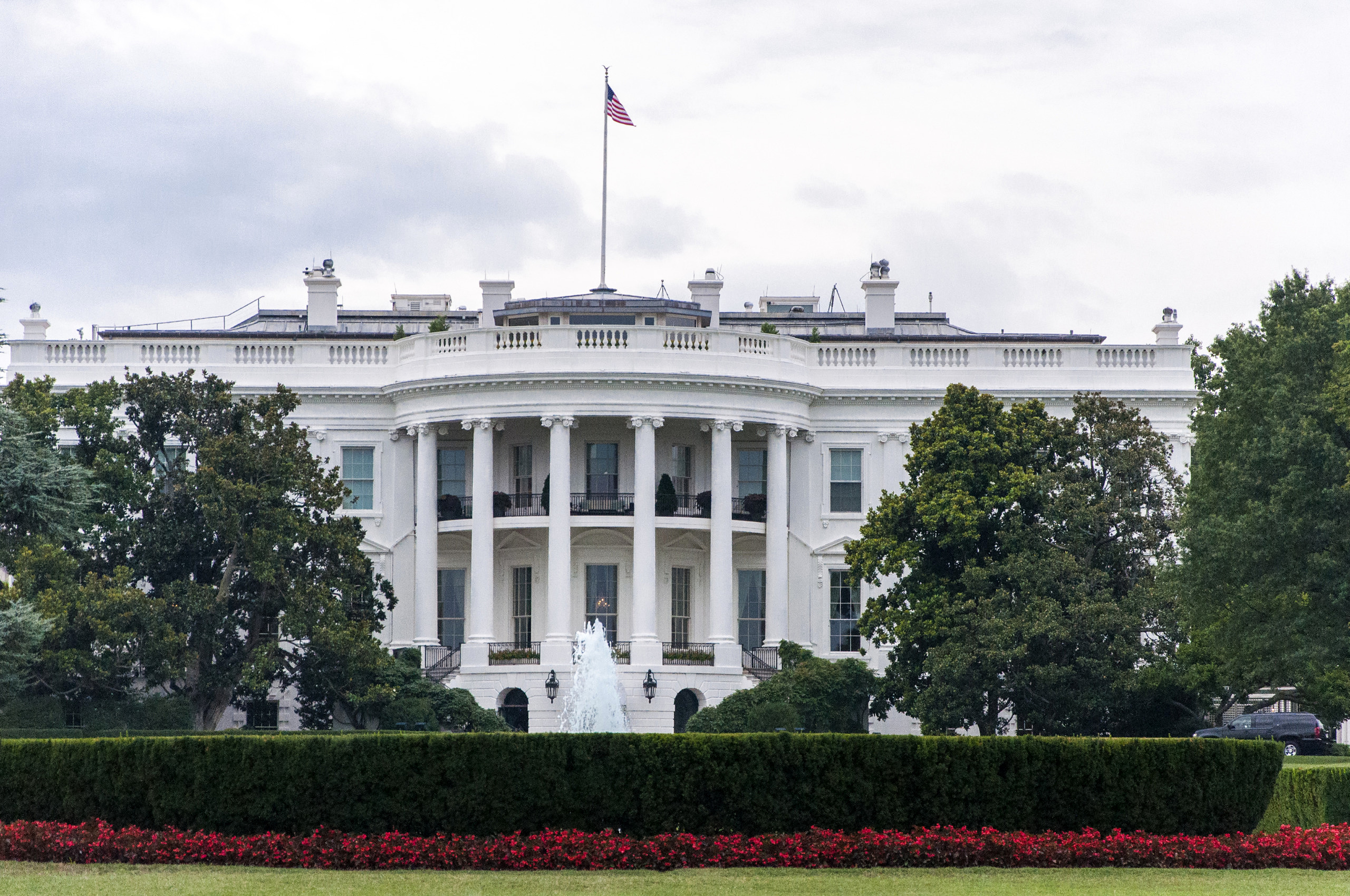

As expected and feared, the U.S. presidential election is very close, with no clear resolution the day after the polls closed. Counting the votes will be slow, especially in states like Pennsylvania, and it will still take several days before the winner is clear. In a speech at 2:30 a.m., incumbent President Donald Trump proclaimed himself the winner and called it “fraud” to continue counting the votes, which he said must stop immediately. Challenger Joe Biden, for his part, has stated the relevance of counting all the votes, adding that he is confident he will obtain a positive result once this task is completed.
No one can escape what has happened in the past several hours. This election may begin a political and institutional crisis that could potentially cloud the future of the country. We may see a situation reminiscent of what happened in Florida during the 2000 elections, another topic we address in the following. Regardless of who wins, there are several key challenges the next president of the United States will need to address in his first days in the White House.
Healthcare in the United States
The top challenge is the ongoing COVID-19 crisis. In many senses, the United States has not yet exited its first wave, with tens of thousands of new cases still being reported each day. With well over 9 million cases and 230,000 deaths, this is by far the most urgent issue facing the country – and it is one that is very close to home, as the United States has seen 700 deaths per million people. This makes it the third hardest-hit industrialized country in the world.
This crisis has been exacerbated by how politicized COVID-19 prevention has become, with a very vocal cohort of so-called “anti-maskers” showing a marked unwillingness to engage in crisis prevention protocols and contradictory messaging coming from the federal and state governments. This is dangerous with a virus as virulent as COVID-19, as a single mask-less gathering can result in thousands of new cases.
“With well over 9 million cases and 230,000 deaths, this is by far the most urgent issue facing the country”

Economic Recovery
Closely tied to the COVID-19 pandemic is the ongoing national and global recession, as well as the need for economic recovery. On the national level, the country’s Q3 GDP did show massive growth this past quarter, though this is partially due to the GDP hit from the CARES Act earlier this year. Early hopes for a V-shaped recovery have now been replaced by concerns that the U.S. will experience a W-shaped one, with a second steep valley before a final climb. Worse still is the possibility of a K-shaped recovery, reflecting a severely uneven recovery pattern that exacerbates wealth and income inequality.
This is despite the United States’ best efforts to provide stimulus to the economy, but many efforts have wound up deadlocked. As of now, the government has not passed a new stimulus package since CARES, in large part due to the division in Congress and the two wildly divergent economic priorities of both parties. Republicans have sought to shore up businesses, while the Democrats have pushed for individual and family aid to ensure people can face the crisis.
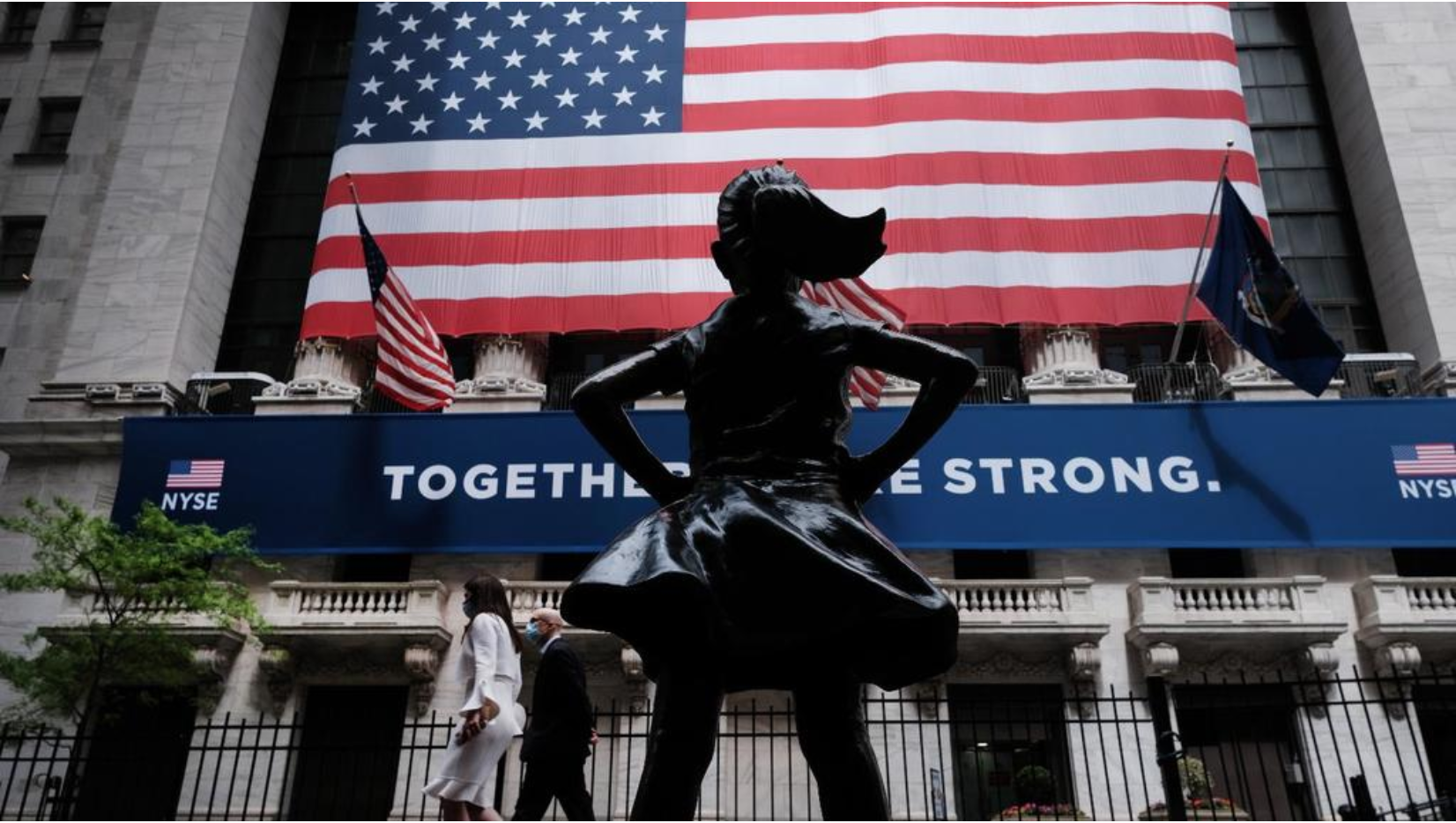
Socio-political Divide
The political deadlock, with the two sides unable to come to a consensus, is reflective of the deep divide that has grown in the nation as well. Politics have become very personal, with many citizens no longer willing to maintain relationships with those on the other side. This is not a new phenomenon; the ideological divide has been growing since at least 2014, when, according to the Pew Research center, “92% of Republicans [were] to the right of the median Democrat, and 94% of Democrats [were] to the left of the median Republican.” Case in point, a more recent Pew survey found that the majority of people now report having few to no friends who support the opposite candidate.
This divide is also apparent in the widespread Black Lives Matter protests that have swept the nation. These protests, which are focused on institutionalized racism in police departments, have become another bone of contention in the electoral campaigns, and yet another point of divergence for the population. Beyond resolving the protesters’ ongoing concerns, the next administration will have to find a way to cope with this social divide.
Finally, there will likely be a political crisis stemming from the elections, especially following Trump’s decision to label counting the votes as “fraud,” proclaim himself the winner of the elections, and announce a plan to appeal to the Supreme Court to suspend counting the votes. These actions are expected to provoke a considerable amount of increased political tension, which may make achieving any kind of consensus – or simply agreement – more difficult.
“Politics have become very personal, with many citizens no longer willing to maintain relationships with those on the other side”
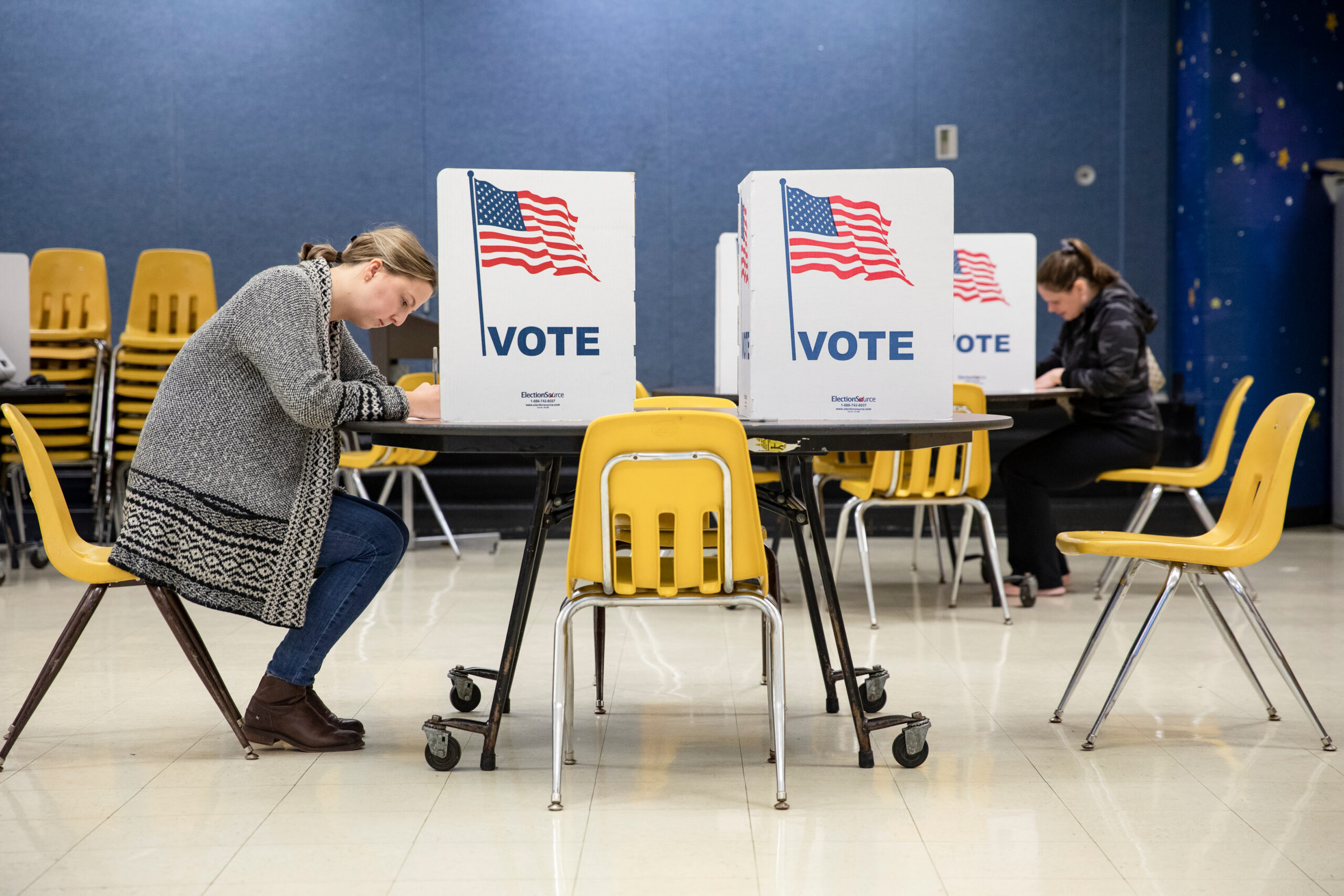
U.S.-China Relations
The U.S.-China relationship is arguably the worst it has been in decades. This is one of the most important bilateral relationships in the world, and years of sanctions and a tariff war have severely deteriorated it. However, these are not the only facts, with topics important to both sides of the U.S. political spectrum, including the Taiwan/China relationship, the ongoing Hong Kong protests, technological competition, suspicions of economic warfare and Beijing’s expansionism in the South China Sea. This anti-China stance must still be managed, however, to avoid negative impacts on the United States, which could include losing the Chinese market; reduced influence in East Asia and, broadly speaking, the developing world; and the potential for a full-fledged Cold War.
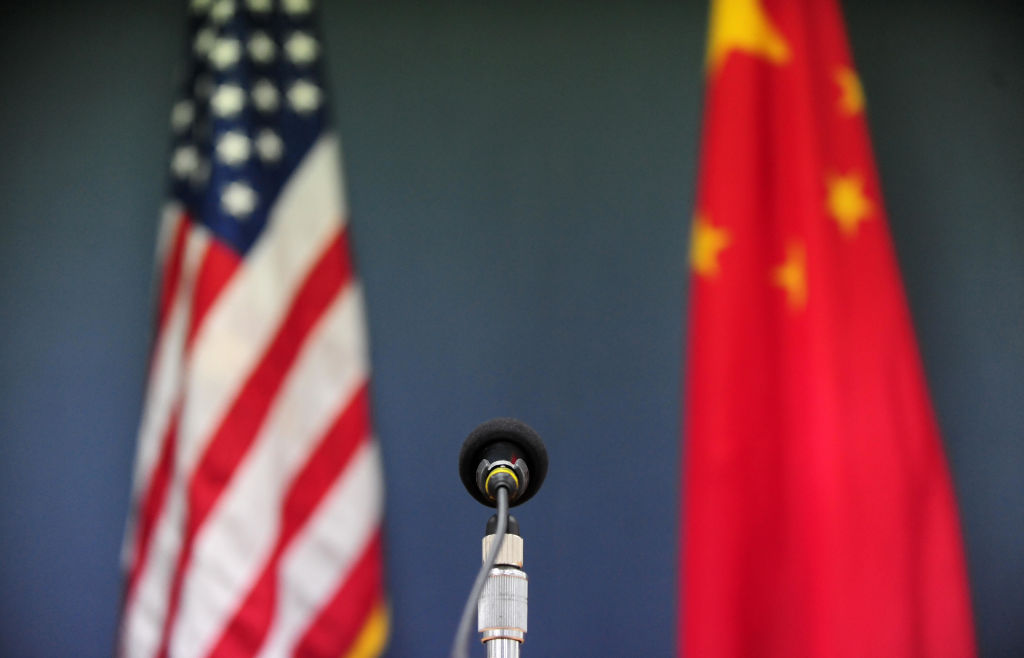
U.S.-Europe Relations
As in China’s case, relations with Europe have significantly deteriorated, and they are now at their lowest point in 75 years. Trump never hid his contempt for the European Union, which he considers a German instrument of continental domination and a clear competitor on the global stage. He has also been critical of the financial contributions of NATO’s European allies. Finally, Trump has flatly rejected the multilateral system embraced by Europe on ideological grounds, based on his own nationalist tendencies. This poses a risk to the United States in terms of its international influence and relationship with this important market, and it is another divide the White House will have to cope with over the next four years regardless of who wins the presidency.
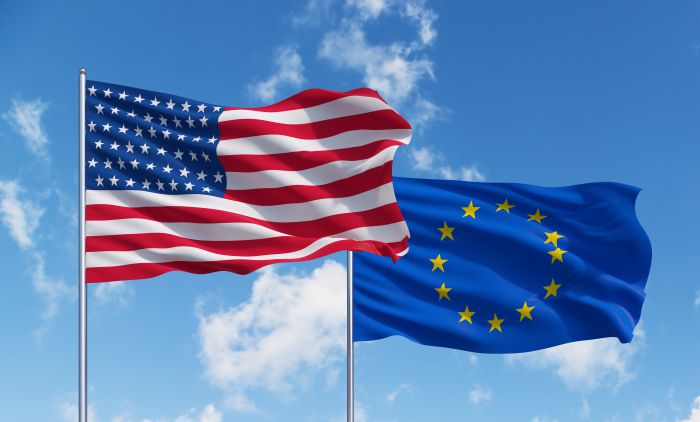
U.S.-LATAM Relations
Despite Trump’s tough rhetoric on Mexico’s immigration and trade policy, he maintained a good working relationship with Mexican President Andres Manuel Lopez Obrador (AMLO). This has essentially been thanks to AMLO’s trade concessions, the renegotiation of NAFTA (now the USMCA) and his work on border control to stem the influx of Central American immigrants into the U.S. through Mexico. Still, AMLO’s nationalistic and state-focused economic policy, especially in the energy sector, has been criticized by U.S. companies.
Farther south, the U.S. enjoyed very close relationships with Colombia (Presidents Santos and Duque) and Brazil (President Bolsonaro) over the past four years. Obama’s economic opening toward Cuba was largely dismantled, and a tough trade and diplomatic embargo on Venezuela was implemented. If Trump continues for another four years, it is likely this policy will continue. If Biden takes the White House, however, it is possible that some policies toward Cuba will revert.

Every Vote Counts: The Florida precedent
For months, people have considered the possibility that it may take days or even weeks for the U.S. election’s results to become clear. This is possible due to both the uncertainty caused by COVID-19 and the idiosyncrasies within the U.S. electoral system. It is something that has happened in the past. As early as 1800, there were serious conflicts over who had won the elections. More recently, the Supreme Court had to decide how it was going to deal with vote counting in three counties in Florida in the 2000 elections, indirectly deciding who had won.
The debate began when Republican candidate George W. Bush won Florida – and hence, the presidency – with just 1,784 more votes than his Democratic opponent Al Gore. As in many other states, Florida legislation provides for an automatic vote recount when the difference between the two candidates is less than 1% of the vote. Subsequently, the Democratic Party successfully requested a manual recount.
What followed was a legal battle between Democrats and Republicans regarding whether the recount should be carried out, with the Florida Secretary of State (a Republican) and the U.S. Supreme Court (with five justices appointed by Republicans and four by Democrats) opposing the recount and Florida’s State Supreme Court (controlled by the Democrats) defending it. Finally, on Dec. 12, the U.S. Supreme Court ordered the suspension of the recount with no right to appeal (five Republican votes to four Democrat votes). By that time, George W. Bush had seen his lead slip to just 538 votes, so in practice, the Supreme Court ruled that Bush had won the elections.
The crisis in Florida highlighted the following characteristics of the U.S. electoral system:
- The nonexistence of federal Electoral Law;
- The coexistence of multiple electoral regulations on both the state and county levels, including on varied issues such as the documentation necessary to cast a vote, the constitution of the electoral census, the number and distribution of electoral colleges, and even the type of ballots;
- The nonexistence of a federal authority to back the results;
- The nonexistence of an independent state authority to back the results and the legitimacy of the process, given that the supervision over any recount depends on each state’s Secretary of State – which is an elected political position;
- The lack of resources available to state electoral authorities and the danger intimidation facing both voters and those who count the votes;
- The politicization of the judicial system, given that the members of the Florida and U.S. Supreme Courts both voted along ideological lines.
In 2020, many different observers have raised the possibility of a similar conflict, leading both campaigns to hire unusually large legal teams to litigate in the event of a conflict over counting the votes. In the week before the elections, the Supreme Court issued a ruling on the regulation of vote recounts in three decisive states: Wisconsin, North Carolina and Pennsylvania. In this last state, the Supreme Court left open the possibility of dealing with the issue after the elections, but before calculating the results.
The factors that contributed to the controversy in Florida in 2000 persist today, as they largely originated in the U.S. Constitution and legal system. Today, however, there are two additional elements to consider:
- The large expected turnout, which may lead to delays in counting votes or mean some votes are never counted;
- The fact that incumbent President Donald Trump has insisted, on a number of occasions, that the Democratic opposition will commit fraud, particularly in postal voting, which has exceeded 40% of all votes cast.
Authors
Pablo Pardo
Khy Labri



